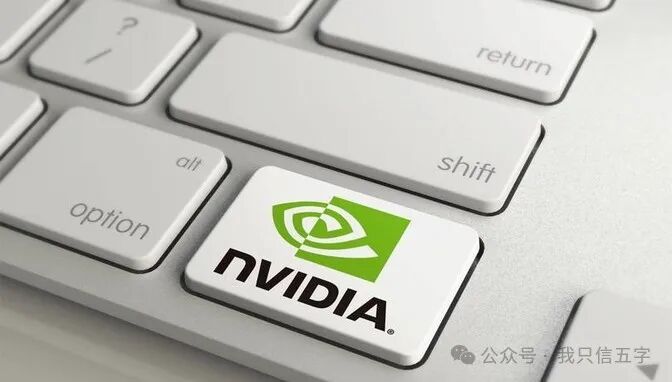Your finger suddenly paused on the phone screen—NVIDIA and Anthropic, two Silicon Valley giants, are embroiled in a social media spat that is reshaping perspectives. An NVIDIA spokesperson sarcastically pinned their opponent’s accusations to the wall of shame with the term “live lobster smuggling chips,” while Anthropic retaliated with a suspected smuggling route map. This drama is even more thrilling than “House of Cards.”
The chip war entering its 2.0 version is no longer news, but this clash has exposed cracks beneath the shiny surface of the American tech scene. NVIDIA’s A100 chip raked in $4.7 billion in the Chinese market last year, accounting for 23% of its data center business revenue. This cash cow is now being restrained by the Biden administration’s AI chip ban. Meanwhile, Anthropic, which received a $2.75 billion investment from Amazon, is busy trying to give its Claude 3 model some visibility, seizing every opportunity to bite at the industry leader.

Insiders reveal that the trigger for this war of words lies in Anthropic’s lengthy 12-page lobbying report. Page 7 warns in bold font that “every smuggled H100 is feeding the demon of the AI arms race,” and elaborates on how smugglers hide chips in the abdominal cavity of frozen lobsters to get through customs. NVIDIA’s legal team was outraged, quickly digging up public data from U.S. Customs from three years ago: in 2021, 72% of intercepted semiconductor smuggling cases involved mobile chips, with no records of high-end AI chip smuggling to date.
The decision-makers in the Oval Office likely did not anticipate that their carefully designed AI diffusion rules would face a fire in their own backyard before they even took effect. The ban, originally set to be enforced on May 15, not only restricts the export of star products like the H100 and A800 but also requires reporting for model weight transfers. However, whispers from the Trump team suggest a more drastic measure, reportedly cutting the regulatory list from 23 types of chips down to 5, with the reasoning being “don’t let Silicon Valley geniuses wipe Washington’s idiots’ behinds.”

A recent report from Stanford HAI has added fuel to this chaotic battle. The data shows that Chinese tech companies have seen a 300% surge in AI chip procurement in the three months following the announcement of the ban, with 45% going to non-leading enterprises. More intriguingly, over 60% of these orders were completed through third-party channels in Vietnam and Malaysia. NVIDIA CFO Colette Kress remarked meaningfully during an earnings call: “Real tech companies should let transistors do the talking, not words.”
This farce hides a dark humor: one-third of the chip cluster used by Anthropic to train the Claude 3 model consists of NVIDIA’s H100. Insiders reveal that during the model fine-tuning phase, they burn through $150,000 worth of computing power daily, equivalent to dumping two mid-range Toyota Corollas into the Pacific Ocean every minute. This contradictory operation has even led executives at Amazon Web Services to privately complain that “some startups should go write scripts in Hollywood.”

Geopolitical analyst James Lewis provided a sharp commentary on this dispute: “Washington always thinks it can control AI chips like it controls F-35 parts, forgetting that every GPU contains a Pandora’s box.” He pointed to TSMC’s recently announced 3nm process roadmap, saying, “When China’s Zhongwei Semiconductor’s plasma etching machine precision breaks through 5nm, the White House will realize that chip bans are like trying to hold water with a sieve.”
Silicon Valley remains brightly lit in the night, with engineers at NVIDIA’s R&D center testing the next-generation Blackwell architecture, while Anthropic’s algorithm team is busy enhancing the multimodal capabilities of the Claude 4 model. Perhaps, as former Google CEO Eric Schmidt predicted at the Aspen Security Forum: “Looking back in ten years, the chips we are fighting over today will just be the steam engine parts of the intelligent era.” But for now, this chip controversy sparked by lobsters and fake pregnancies is rewriting the new script of the tech cold war.